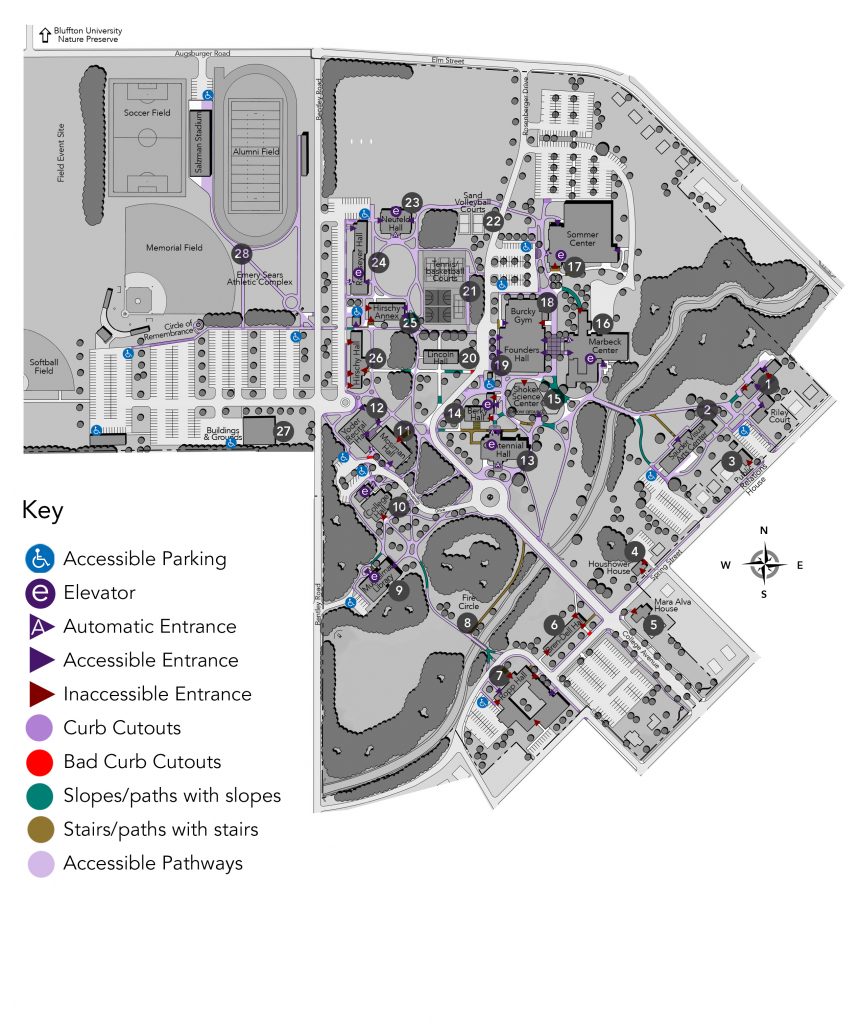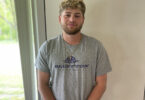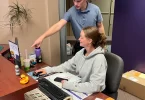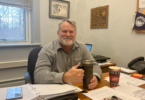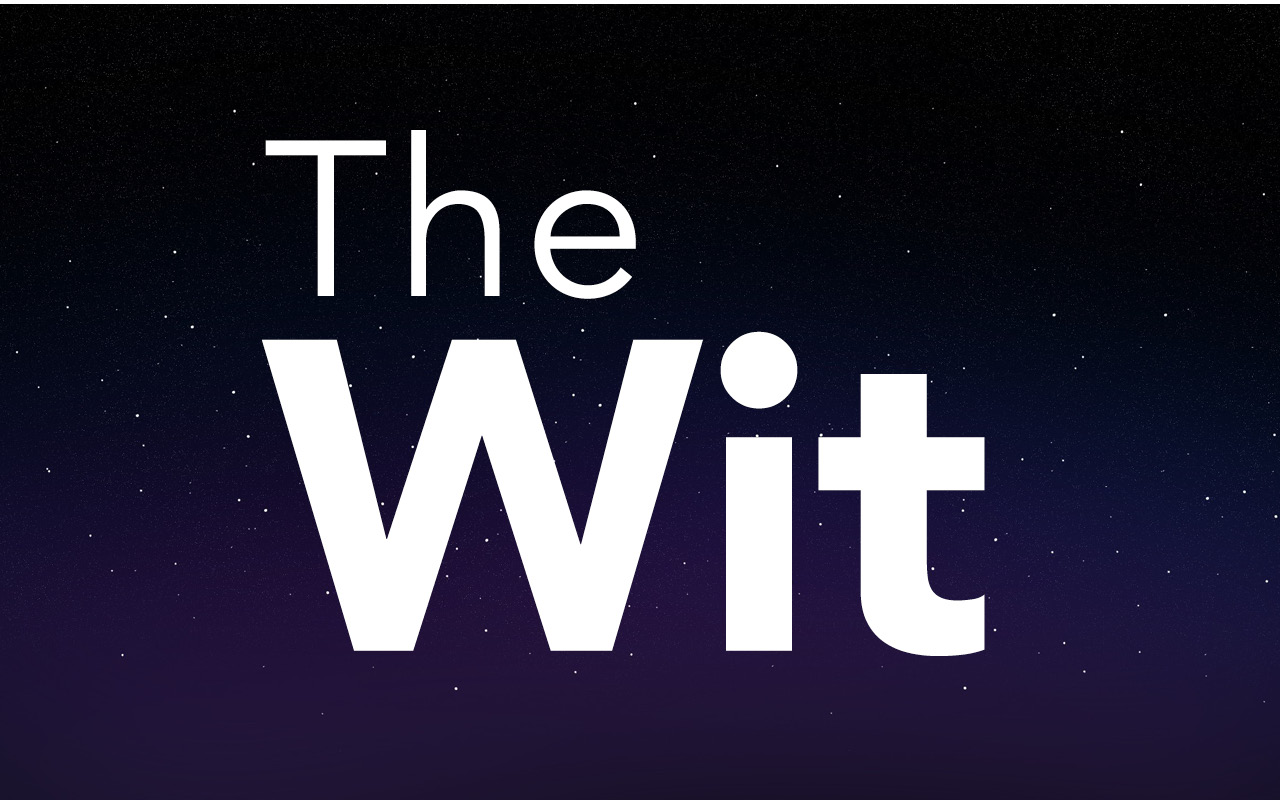The visit was a disaster. Multiple entrances to the main campus included staircases, and I had to circle around the campus before I found a flat entrance. Once I made it to the main campus, I wheeled over an unstable wooden plank placed over a short staircase. This, a tour guide explained, was a ramp.
I needed to use an elevator to get to another part of the campus, which was fine, except that the elevator was locked and campus security had the key. I pressed a button calling for security that was located by the elevator and waited about 15 minutes before a security guard who was doing his rounds showed up. He said the button I had been pressing was broken.
Stories like Valerie Piro’s in the article Applying to College as a Wheelchair User leave one wondering how accommodating their own college campus is, and then more importantly, what can be done to make it better. Inspired by Piro’s story and comments about the helpfulness of campus maps with accessibility markings, the members of Dr. Alex Sider’s The Bible and Disability class have decided to make an accessibility map of Bluffton University’s campus.
Accessibility markings vary quite a bit as each accommodate people in different ways. The markings on Bluffton’s map include parking, curb cutouts, automatic doors, elevators, stairs and steep gradients.
An accessibility map can help people know what to expect and plan for prior to arriving on campus and then how to navigate once they arrive. The hope is for this map to be used in a way that reduces the time and frustration of getting around. The map can also be used for planning events that are can be easily accessed by all people
This map has the potential to assist a variety of people: prospective students, faculty and staff, community members, Forum and Chapel speakers, visiting family or friends, alumni and those who become or are disabled (whether it is temporary or permanent) while here.
Say that the Forum speaker we invite uses a wheelchair. While a look at our current map shows the buildings and paths, they would be left clueless to where there is accessible parking, curb cutouts and automatic doors. Just traveling from Yoder Recital Hall to lunch in Marbeck Center can also be quite difficult without such knowledge.
Here’s another example: During your first week of college at practice you end up tearing your ACL and need crutches to get around. Without a map that shows which entrances have automatic doors and are near to elevators, it could be quite stressful.
Through the process of mapping out campus’ accessibility, it simultaneously exposed problematic areas that are difficult to access. In light of this, Bluffton University can continue to work towards creating a welcoming space for all.
Making our campus more accessible is beneficial to people with other needs such bikers/longboarders, strollers, golf carts and delivery trolleys. Creating an accessible campus is not just a nice thing to do but is a moral obligation that coincides with our mission statement of preparing students of all backgrounds.
Robin Bowlus, senior director of advancement operations and public relations, appreciates the outcome of this student work as she looks to the future.
“We are excited about and appreciate this project that the Bible and Disability class did, and will continue to work at ways for the accessibility map to be available as a resource for our campus community and visitors.”

